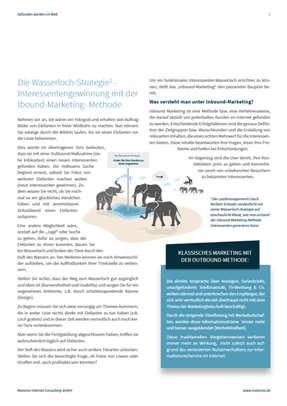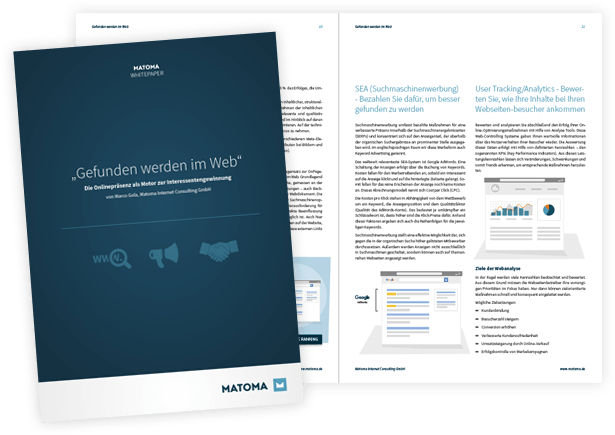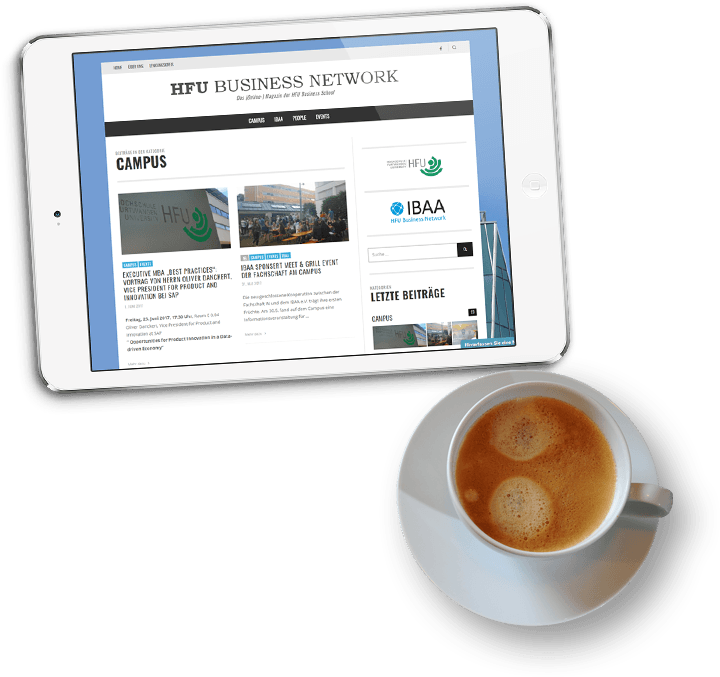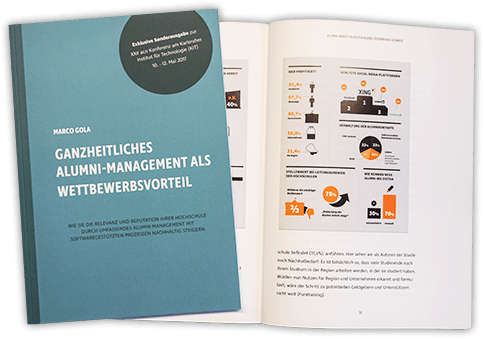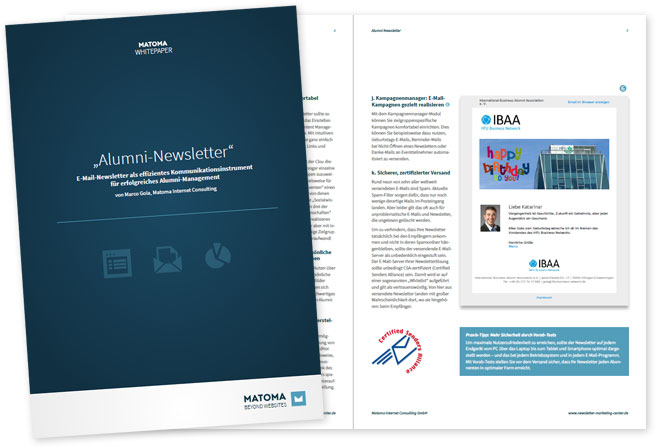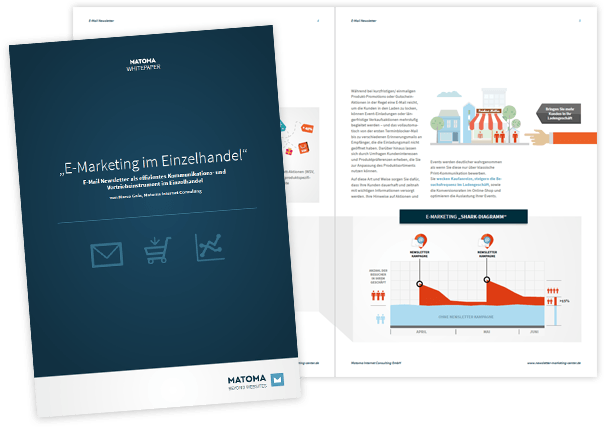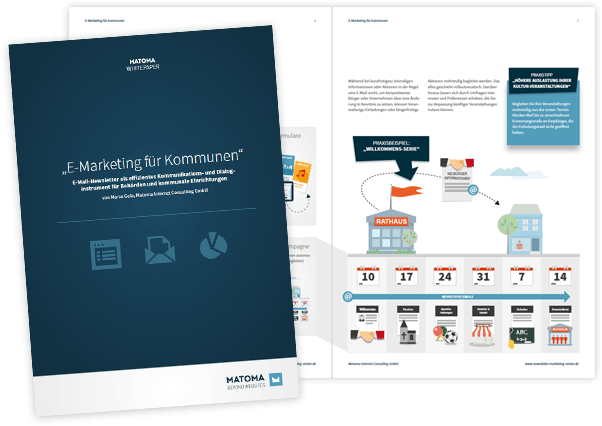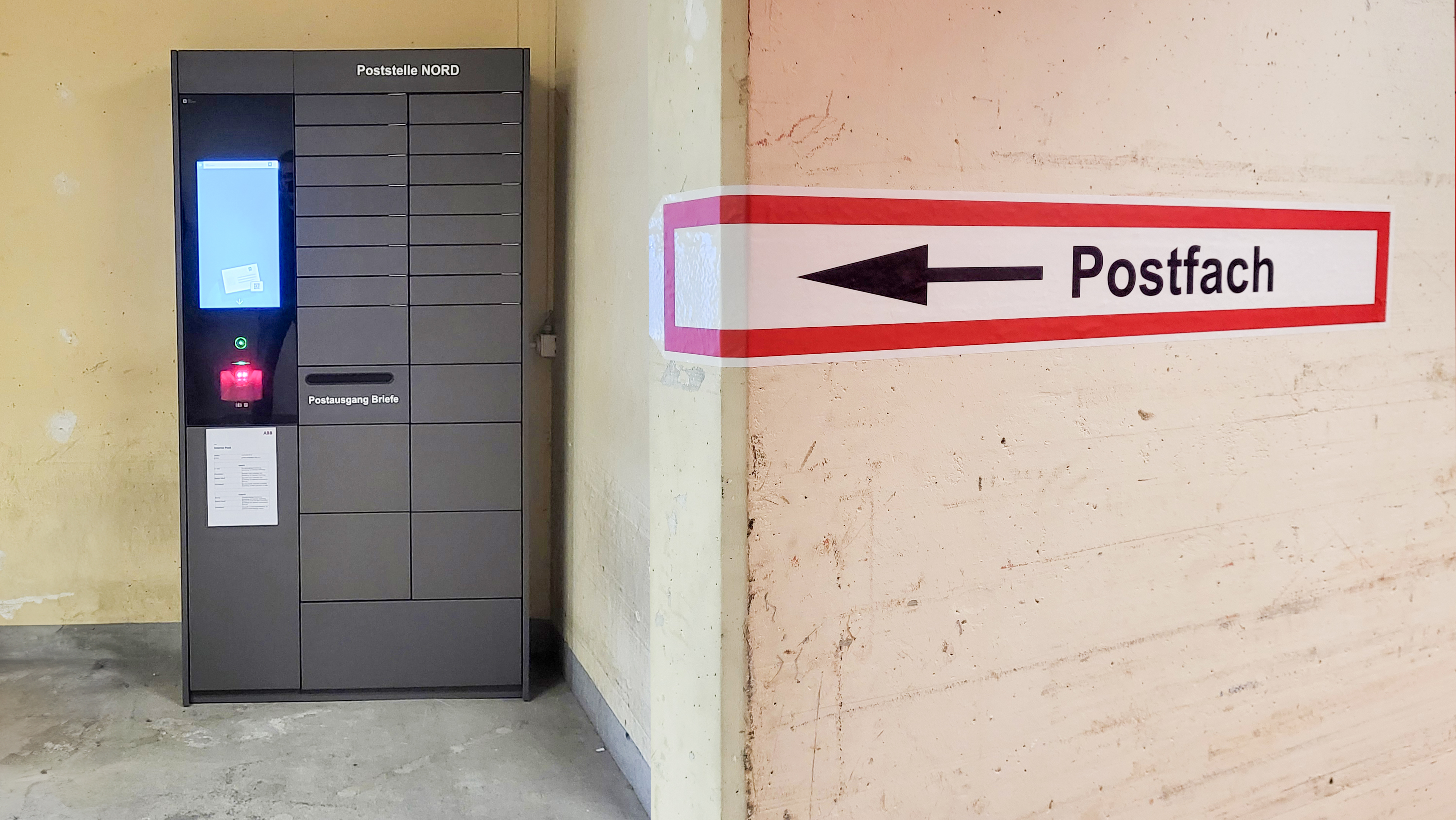
An expert contribution for workspace planners, architects and facility managers
Open, collaborative space concepts. Hybrid working models. Self-organized teams. This is the working world of today. The digital transformation is in full swing – we work in the cloud, communicate asynchronously and use agile methods. And yet, in many places, everyday working life fails due to very analog hurdles: The handover of a device. The whereabouts of a confidential document. Finding a safe place for personal belongings.
Welcome to the “New Work Dilemma”
New Work promises freedom, efficiency and flexibility. However, this progress also brings with it friction – namely when processes break down at the interface between digital control and physical reality. This article highlights precisely these gaps and shows how modern, software-supported locker systems – so-called smart office lockers – are becoming the control center in the physical workspace.
Final thought – Media disruption was yesterday
In a world in which work processes are digitalized, mobilized and made more flexible, the physical handover can no longer be the limiting factor. If you want to leverage the full potential of New Work, you also need to close this last analog gap.
NetLocker is not a cabinet controller. It is a platform for traceable, efficient and secure physical transfers. For a working world in which the analog space is just as smart as the digital one.
Frequently asked questions about Smart Office Lockers in facility management
What are Smart Office Lockers and how do they differ from traditional lockers?
Smart Office Lockers are networked locker systems that not only provide secure storage, but are also actively integrated into company processes. Unlike traditional lockers, they offer digital access control, traceability, integration with IT and FM systems and flexible use for various applications – from incoming mail to IT handover.
What specific benefits do smart lockers bring to facility management?
Smart Lockers relieve facility management of key management, tracking and internal handovers. They create transparency, save travel time, reduce manual handover processes and increase security for sensitive items. Especially in hybrid working models, they enable location-independent handovers and help to use space more efficiently.
How do parcel stations in the office contribute to efficiency in everyday working life?
A modern parcel station in the office, which is controlled via Smart Locker, significantly reduces the time and effort involved in receiving, sorting and delivering parcels. Employees are automatically notified as soon as their parcel arrives and can pick it up at any time – without having to go through reception or the in-house post office.
What is an IT vending machine and how is it used?
An IT vending machine is a system based on Smart Locker for the automated handover of IT equipment such as laptops, docking stations or accessories. Especially for IT support, rollouts or in the onboarding process, it enables a consistently documented, secure and flexible handover – regardless of service times or the presence of the IT department.



